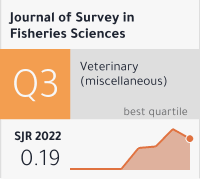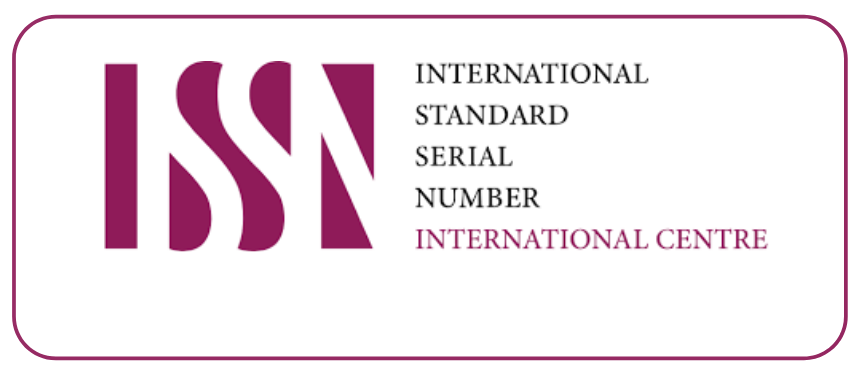Diversity and distribution of molluscs (Gastropoda and Bivalvia) in the seagrass beds at Pulau Gazumbo, Penang, Malaysia
DOI:
https://doi.org/10.17762/sfs.v9i1.21Keywords:
Biodiversity, Molluscs, Seagrass bed, Pulau Gazumbo, Straits of MalaccaAbstract
In recent decades, rapid coastal development has threatened the scarce seagrass beds. Therefore, more comprehensive research on the ecosystem of the seagrass beds in Penang is urged. The purpose of this study was to investigate the diversity of molluscs (Gastropoda and Bivalvia) and the effect of sediment characteristics on the distribution of molluscs in the seagrass beds at Pulau Gazumbo, Penang. Field measurement was conducted from September 2020 to March 2021 at six stations. Using the quadrat and transect methods, the molluscs samples were collected by handpicking and scrapping up the surface substrate. A total of 28 species of gastropods from 16 families, 22 genera and 13 species of bivalves from seven families, 10 genera, were recorded in this study. The most dominant mollusc species found were Cerithium coralium from Cerithiidae. Although an inconsistent effect of sediment characteristics was recorded, the distinctly high percentage of organic matter content and finer sediments demonstrated an apparent detrimental effect on molluscs, especially bivalves. The results of this study serve as a framework for a proper checklist of molluscs at Pulau Gazumbo. In addition, a more detailed investigation on habitat type, which focuses on certain mollusc species with regards to their feeding behaviours, is recommended for future research.










